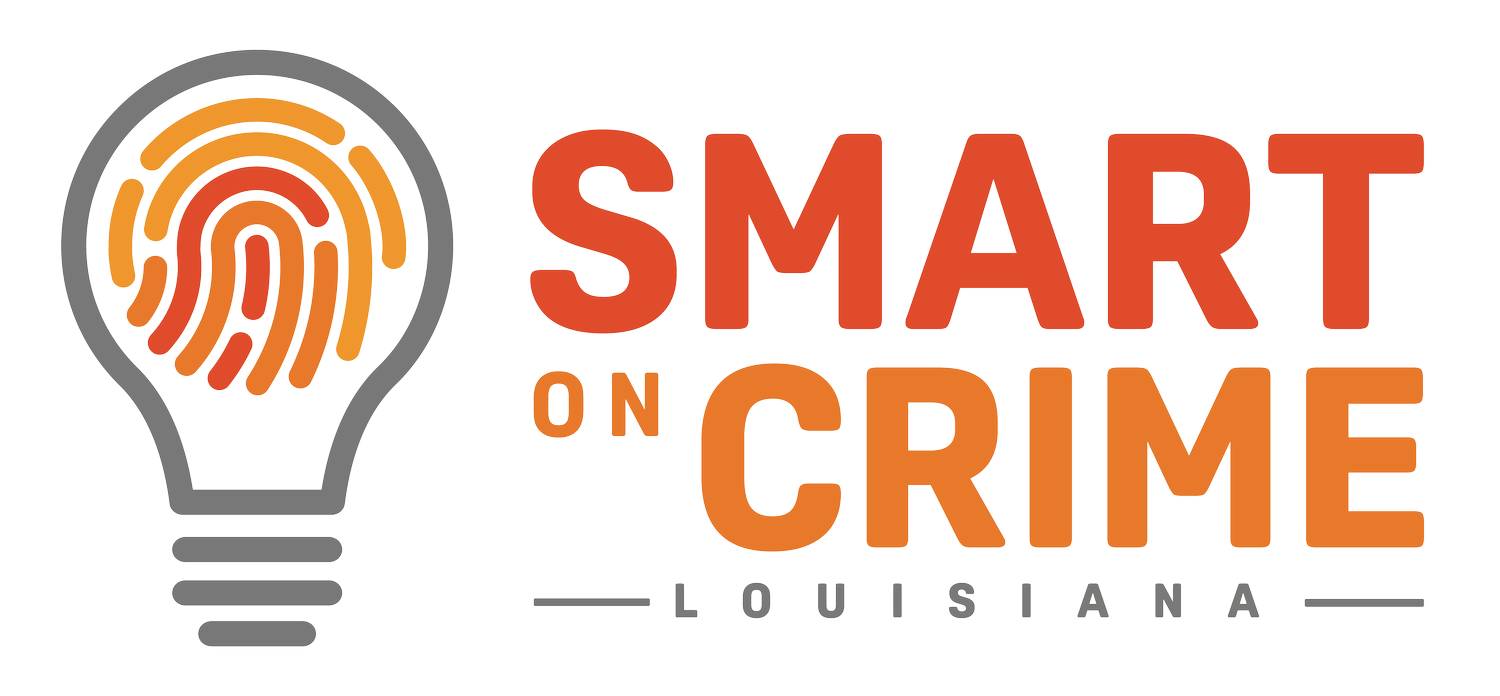Restoring Trust through Improved Clearance Rates
As the 2024 draws to a close, some hopeful trends have emerged in crime and policing. Murder rates and other violent crimes have dropped over the last two years, finally declining after the record spikes during the pandemic. But now is no time to rest on our laurels—more crimes are being committed than solved. Improving case clearance rates can deter crime and bolster public trust.
Clearance rate is a measure referring to the cases each year that are cleared through arrest and charging, or other exceptions like the death of a suspect. Jeff Asher, a New Orleans-based crime data analyst, examined decades of data and noted that clearance rates were relatively stable from 1990-2019 (sitting around 45%), and then began a steep decline in 2019. Pew Research Center reported that fewer than half of reported crimes are solved and, according to FBI data, nationwide clearance rates for both violent and property crime are at some of the lowest levels since at least 1993. While 2023 brought a mild improvement to the abysmally low rate of 2022, it still has not returned to pre-2019 levels.
Stakeholders, from law enforcement to lawmakers, have a strong incentive to direct the necessary energy and resources to crime solving. Research indicates that the certainty of being caught is a stronger deterrent of crime than severe punishment. In other words, people will commit less crimes if they think they will be caught, rather than if they know the consequence is a long sentence.
Additionally, improved clearance rates boost community trust. Pew also reported that fewer than half the crimes in the U.S. are reported. One of the contributing factors for not reporting was “a feeling that police would not or could not do anything to help.” Law enforcement cannot prevent or solve crimes that they do not know about. When citizens feel confident in the police as a resource, they are more likely to provide them with the information they need to stop crime and protect communities.
Apart from the immediate benefits of more crimes solved, clearance rates are a rare area of bipartisan consensus. Polling indicates that the majority of voters support increasing the percentage of crimes solved by the police, and that resources available should be focused on solving crimes. Kevin Ring, vice president of criminal justice advocacy at Arnold Ventures, responded to the polling: “Public safety is not a partisan issue. Loud voices on both extremes suggest there is an insurmountable divide, but the poll reveals broad bipartisan support for common sense reforms that prevent and deter violent crime.”
There is not a one-step solution to improving clearance rates, particularly because the data available is flawed. Jeff Asher noted in January of this year that clearance rate data is not kept in a single repository or report, making it more difficult to understand trends and contributing factors. Maintaining clear, accessible, and comprehensive clearance data will certainly aid in improving rates.
Crimes are solved when communities and law enforcement are empowered through collaboration. Methods for reporting crime should be clear, accessible, and transparent. In turn, crime solving units and detectives should have the resources and technology necessary to respond efficiently to crimes reported and continue building community trust.
